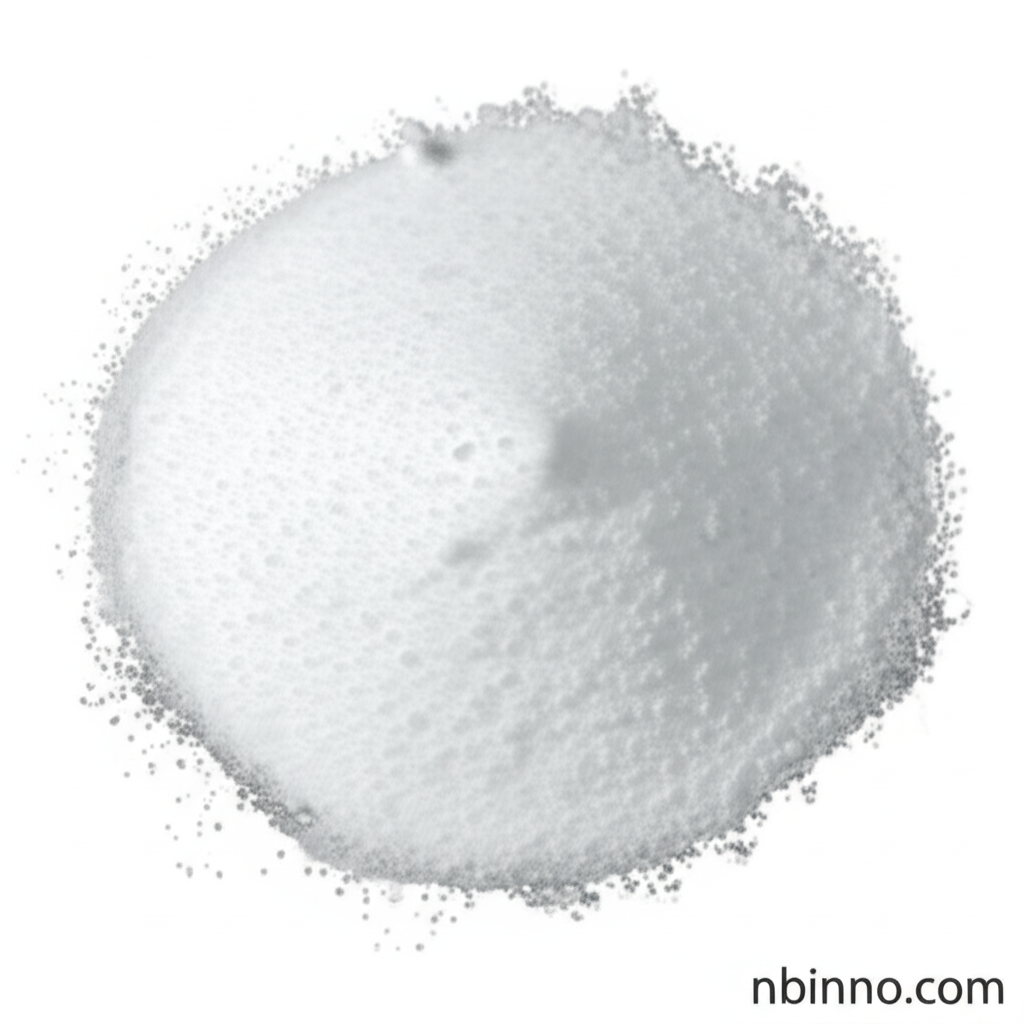N-Hydroxytetrachlorophthalimide: A Versatile Reagent for Advanced Organic Synthesis and Catalysis
Unlock new synthetic pathways with this powerful tool for cross-coupling and radical reactions.
Get a Quote & SampleProduct Core Value

N-Hydroxytetrachlorophthalimide
N-Hydroxytetrachlorophthalimide (TCNHPI) stands as a cornerstone reagent in contemporary organic synthesis, renowned for its pivotal role in mediating radical reactions and facilitating crucial cross-coupling processes. Its unique chemical architecture and tunable reactivity profile position it as a highly effective redox-active ester (RAE) precursor, thereby unlocking a broad spectrum of synthetic transformations. These include advanced methodologies such as electrochemical allylic C–H oxidation, robust decarboxylative cross-coupling reactions with various organometallic reagents, and its integral participation in photoredox catalysis. The inherent stability, straightforward handling characteristics, and extensive applicability in the synthesis of intricate molecules underscore its value for researchers across academic and industrial landscapes, providing both scalable and highly efficient synthetic routes to a diverse array of valuable chemical products.
- Facilitate C-C bond formation using TCNHPI cross-coupling reactions: Enables the construction of new carbon-carbon bonds through various catalytic methods.
- Explore advanced applications of redox-active esters: Discover the broad utility of TCNHPI in enabling complex transformations.
- Drive electrochemical allylic C-H oxidation reactions: Utilize TCNHPI to achieve selective functionalization via electrochemical means.
- Enhance photoredox catalysis with radical reaction mechanisms: Leverage TCNHPI in light-driven reactions for efficient synthetic outcomes.
Key Advantages
Synthetic Versatility
As a versatile radical precursor, TCNHPI is instrumental in a wide range of organic synthesis reactions, enabling the efficient formation of complex molecules.
Catalytic Efficiency
TCNHPI facilitates oxidation reactions and cross-coupling processes, significantly enhancing the efficiency of chemical transformations through catalytic pathways.
Ease of Handling
The compound is a stable, crystalline solid, making it straightforward to handle and utilize in laboratory settings compared to more labile reagents.
Key Applications
Radical Precursor
Utilize TCNHPI as a reliable radical precursor in various synthetic strategies to initiate radical chain reactions.
Catalysis
Employ TCNHPI in catalytic systems to mediate a wide array of chemical transformations, from oxidations to cross-coupling reactions.
Organic Synthesis
Leverage the broad applicability of TCNHPI in organic synthesis for the construction of complex molecular architectures and the functionalization of various substrates.
Cross-Coupling Reactions
Benefit from TCNHPI's ability to participate in various cross-coupling reactions, facilitating the formation of new carbon-carbon bonds efficiently.
